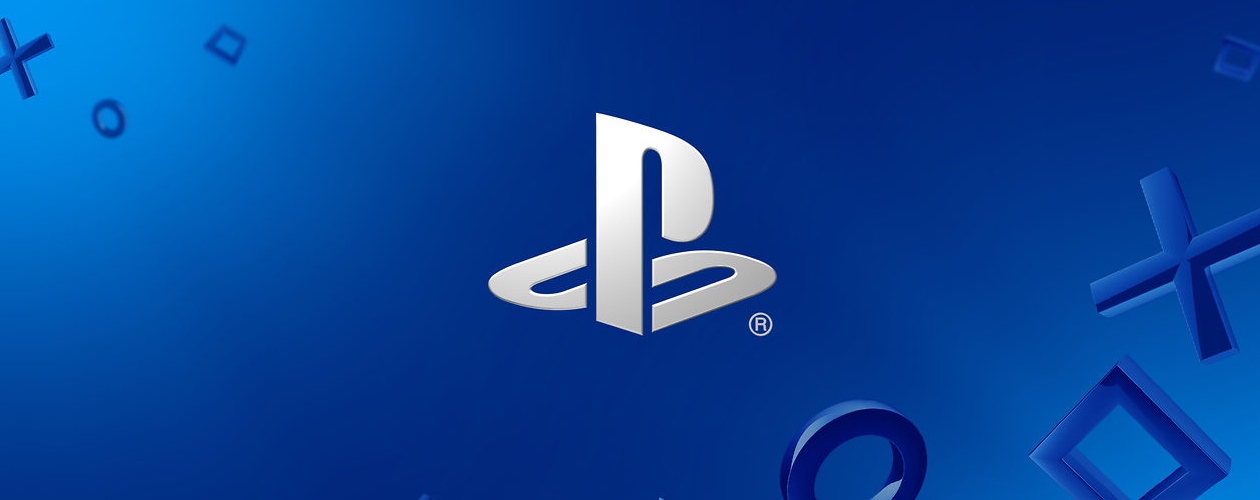In their AMD Financial Analyst Day 2020 webcast, the semiconductor company seemingly confirmed that PlayStation 5 will also feature an RDNA 2-based GPU. This would mean that the PlayStation 5 matches the Xbox Series X in having the latest generation of technology in their console.
RDNA 2 – also known as ‘Navi 2X’ – is AMD’s upcoming GPU architecture, with PC GPUs intended to launch later this year. It is an evolution of 2019’s first RDNA technology, with AMD emphasising a huge 50% performance-per-watt jump, as well as the built in raytracing technology.
AMD’s EVP Computing and Graphics, Rick Bergman said, “We’re on the cusp of the next generation. The next generation consoles will use our latest Zen technology, will use our latest RDNA technology as well, really creating this immersive experience with raytracing, 3D audio, fast load times to really excite a new generation of games.”
You can find that at around the 1:17:00 mark here:
Raytracing in AMD’s GPUs has been developed in tandem with Microsoft, designed for DirectX Raytracing 1.1, which was released late last year. What’s interesting is that this might mean that Sony have got a little bit of Microsoft designed tech in their games console, but it could also mean that Microsoft has a leg up in creating the tools and frameworks for developers to use when implementing raytracing in their games.
When the consoles were first announced last year, both Microsoft and Sony confirmed that they would be using AMD’s Zen 2 CPU architecture and, at the time, AMD’s ‘Navi’ GPU technology. AMD’s naming has evolved since then, with the underlying architecture being branded as RDNA, and the second generation of this being properly announced in the last few months as RDNA 2. At their Financial Analyst Day, they even decided to call it ‘Navi 2X’.
Of course, since Microsoft have confirmed RDNA 2 and Sony have not, there’s been rumours that Sony had designed their console around the first generation of this architecture and integrated certain elements from future GPUs, like raytracing. That’s still not entirely out of the question – there wasn’t an explicit “the PlayStation 5 is using RDNA 2” – as it’s the approach that they took when upgrading the PlayStation 4 to PlayStation 4 Pro, rolling features like Rapid Packed Math into the older GPU design, but it would be an unusual approach for a brand new generation of hardware. It’s not entirely out of the question, as raytracing calculations have to be performed by dedicated cores on the GPU, but considering that these are well integrated into RDNA 2 it doesn’t make sense to do the work of back-porting it to RDNA. Bergman’s wording also suggests it is not the case.
Raytracing technology has featured in Nvidia’s GPUs since 2018, making its way into numerous PC games like Battlefield V, Metro Exodus and planned for upcoming blockbusters like Cyberpunk 2077. It’s much more than just making reflections and lighting seem a bit more closer to real life, and can also be used to more accurately process how sounds are reflected through the environment, leading to more realistic audio in games.
We’re all pretty patiently waiting for the next generation of consoles to be fully revealed, with Microsoft now having gone furthest with their technical details, the console name and design after an initial flurry of news and teasers from Sony last year. The rumours were that Sony were planning a PlayStation Meeting style reveal for the first few months of this year, but nothing has been forthcoming, and you have to wonder if the effects of coronavirus on public events and the understandable caution from both Sony and Microsoft might be quietly putting those plans on hold or changing them up entirely.
I guess we’ll have to just wait and see…
Source: AMD





camdaz
The lack of info from Sony could be just the tip of the bad news iceberg. This nasty coronavirus could lead to the delay of both next gen consoles release until next year due to a shortage of parts, or If they do release this year there may be very limited numbers.